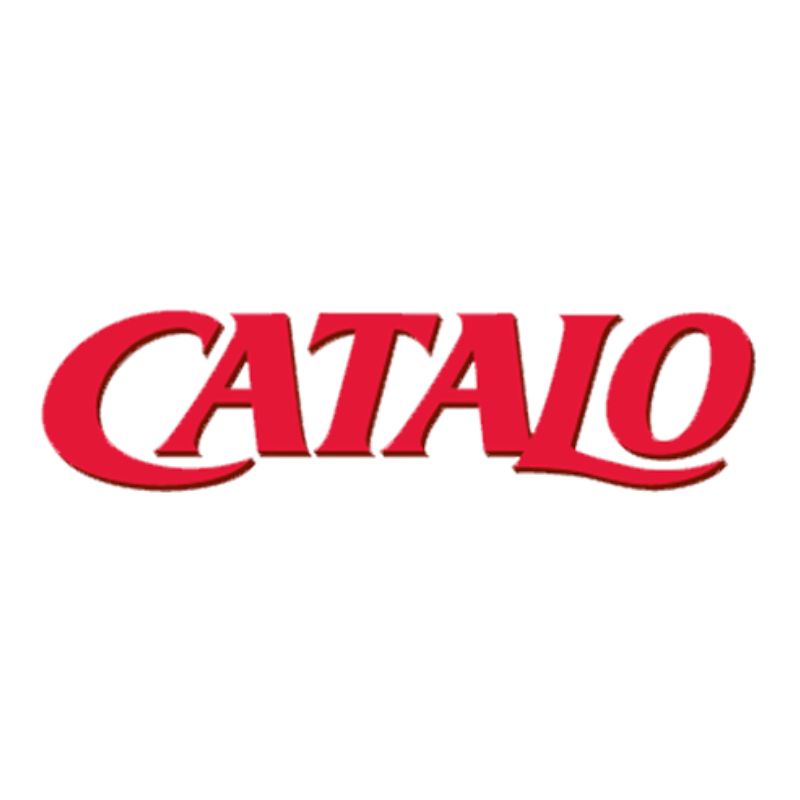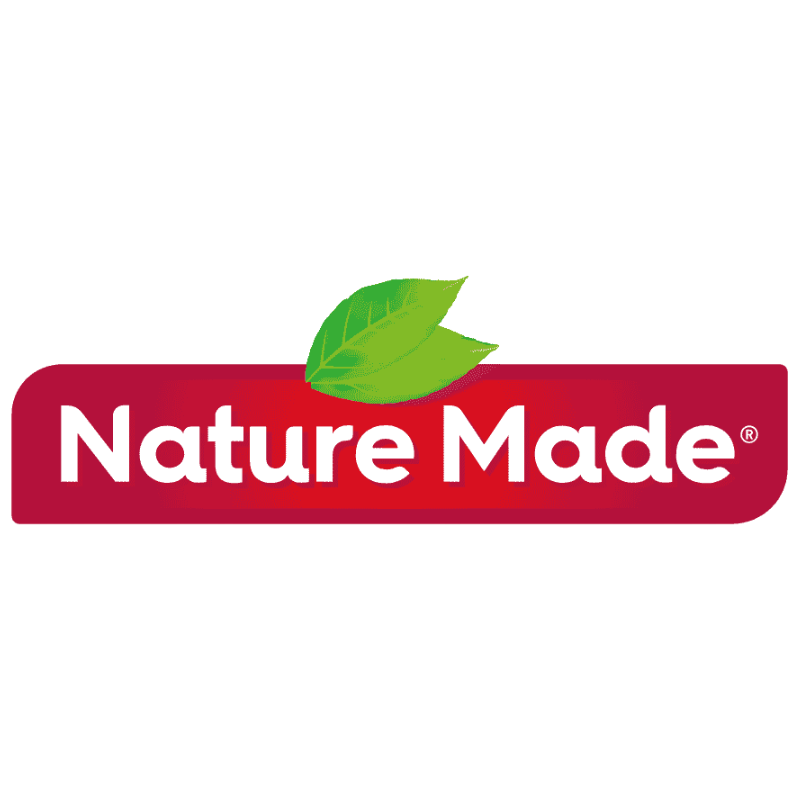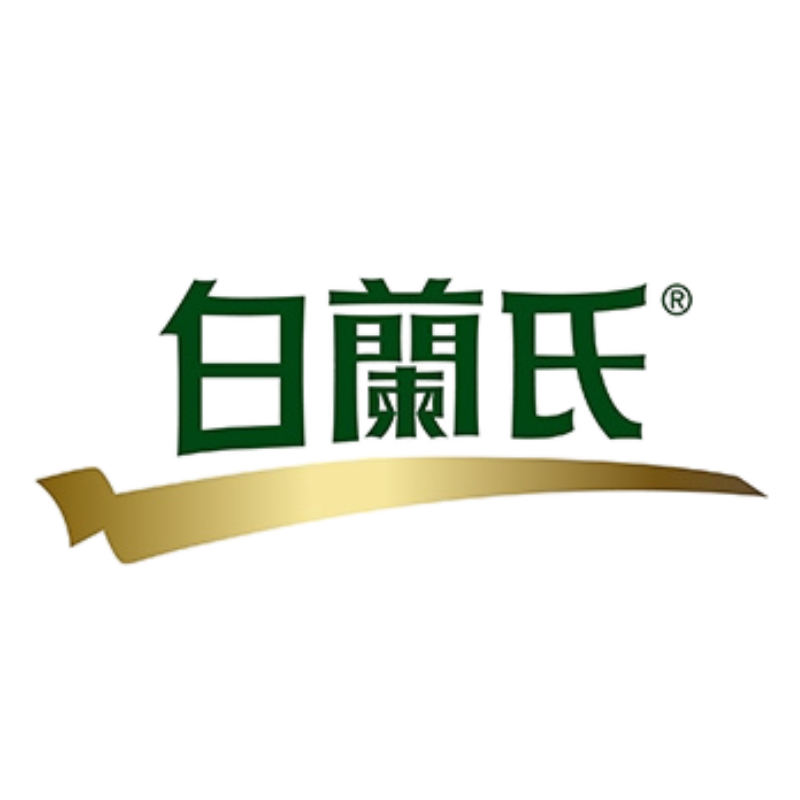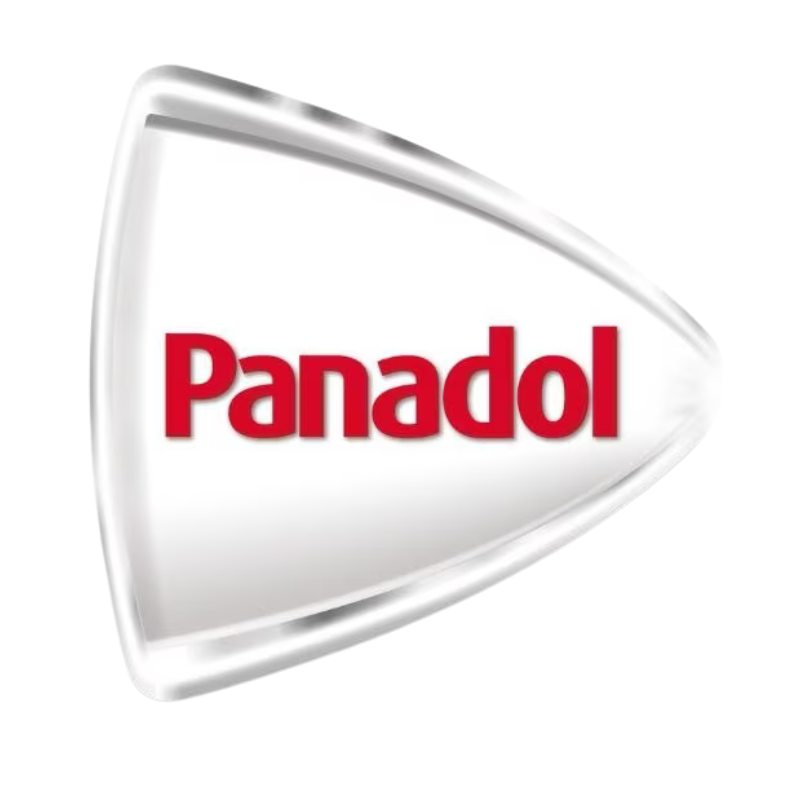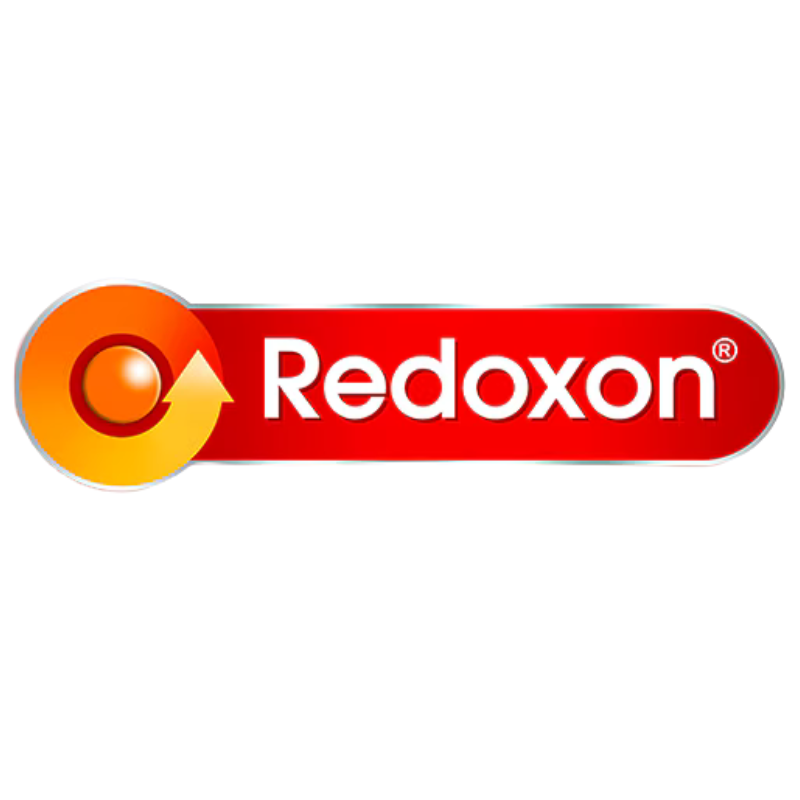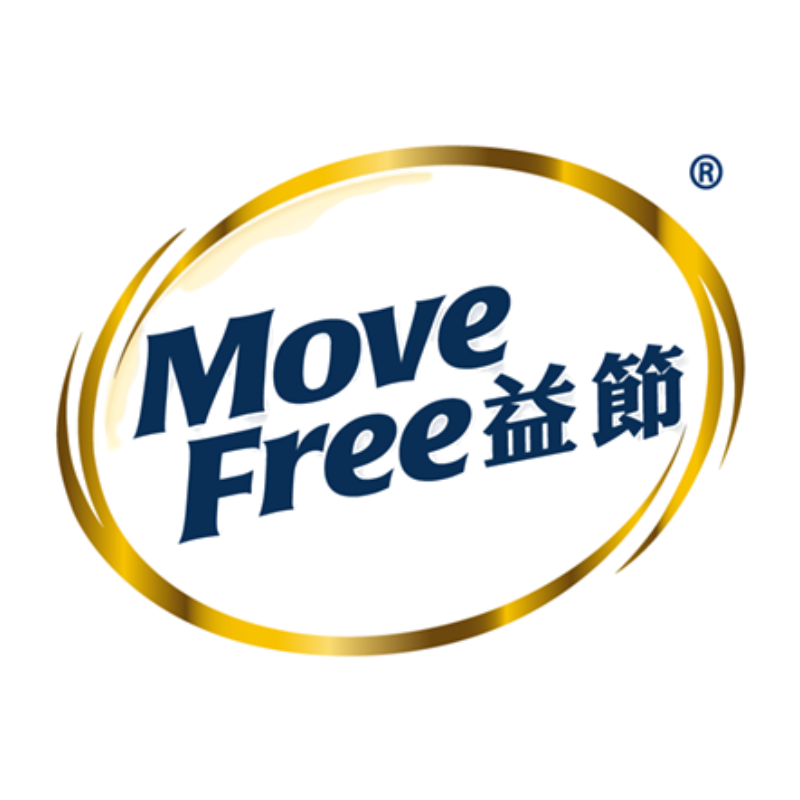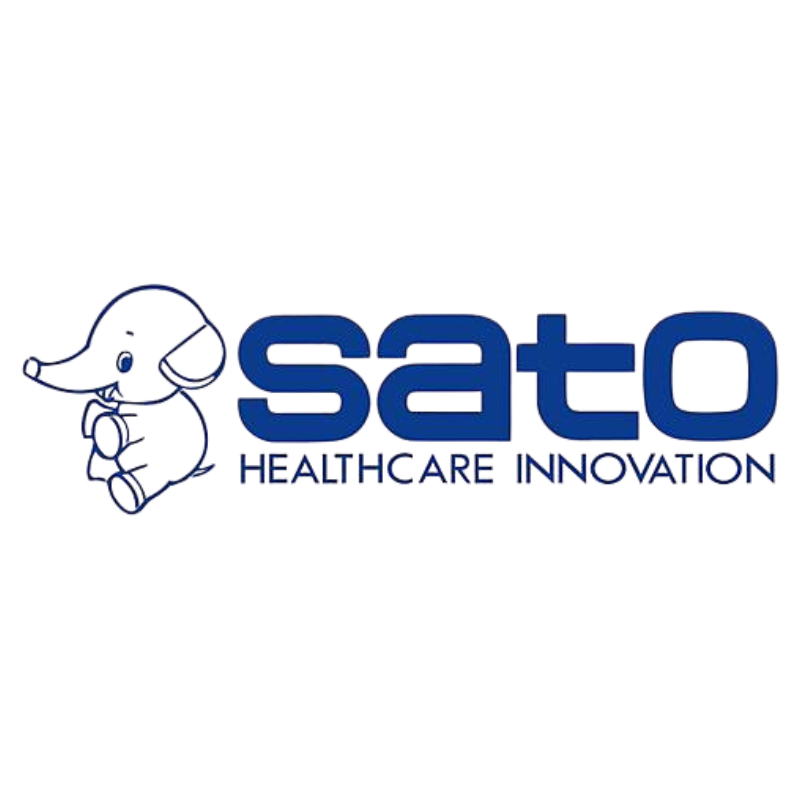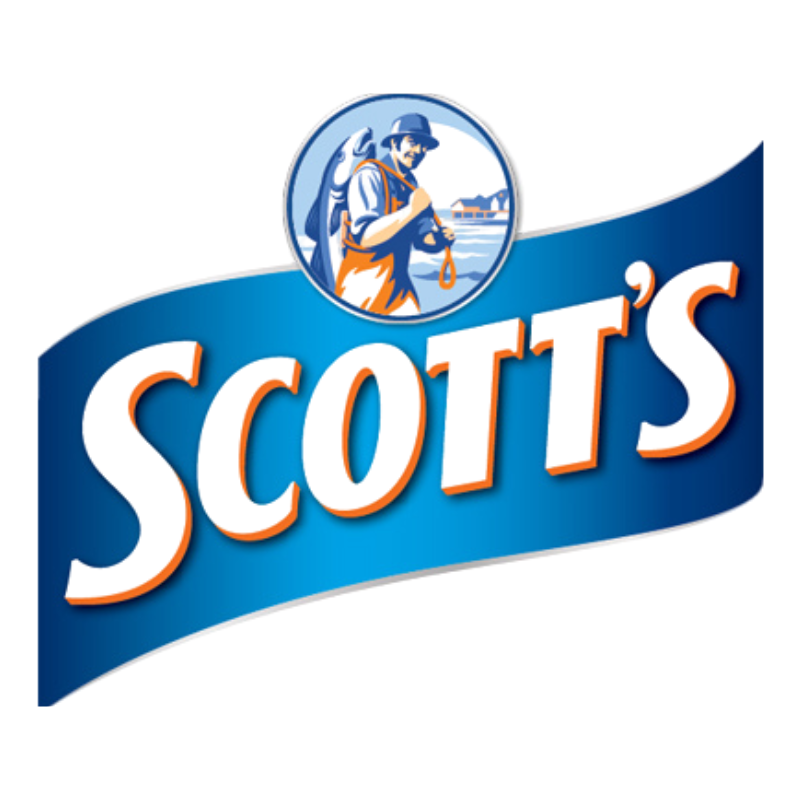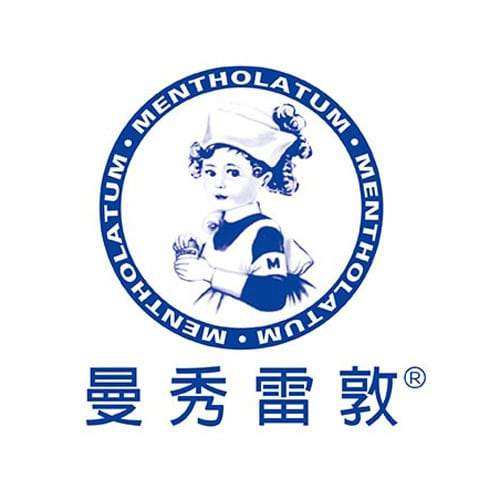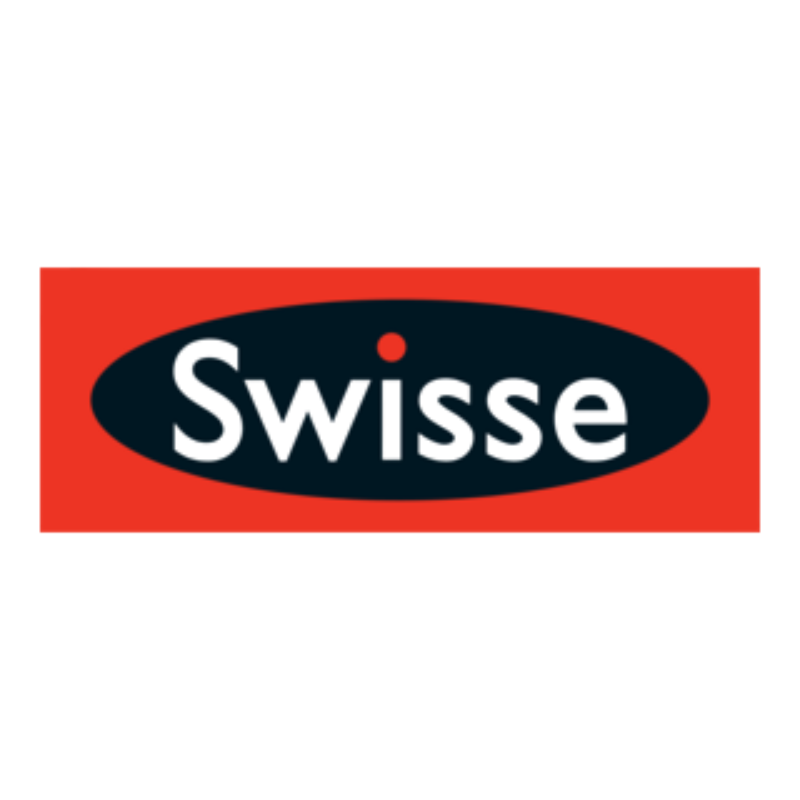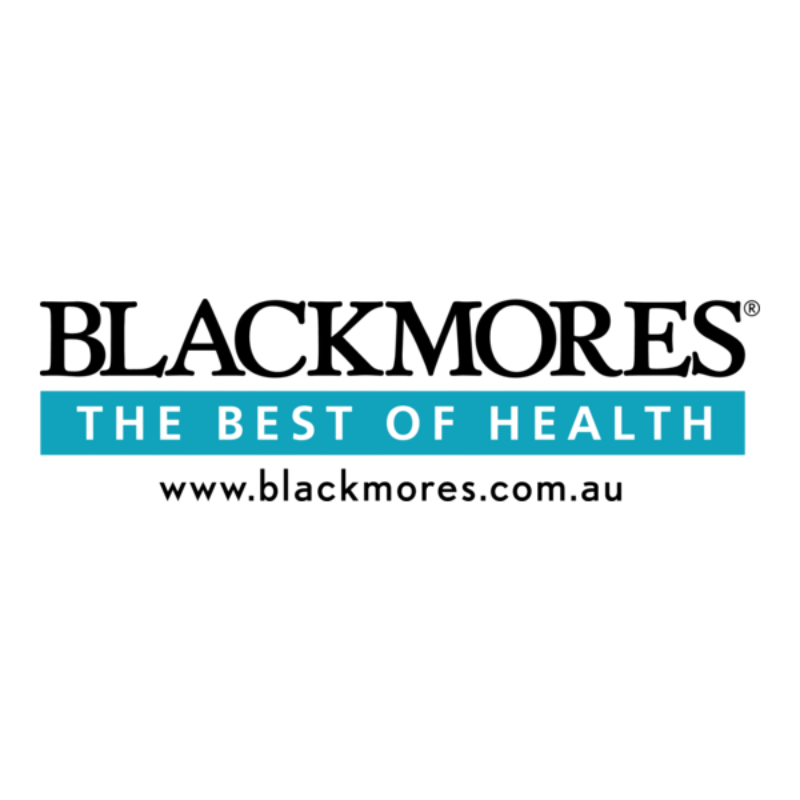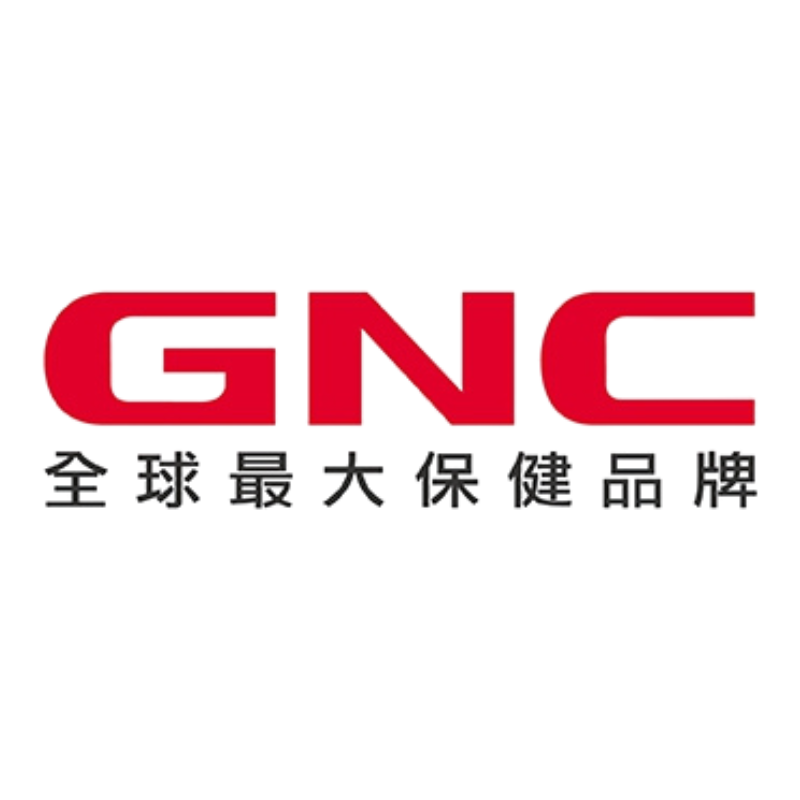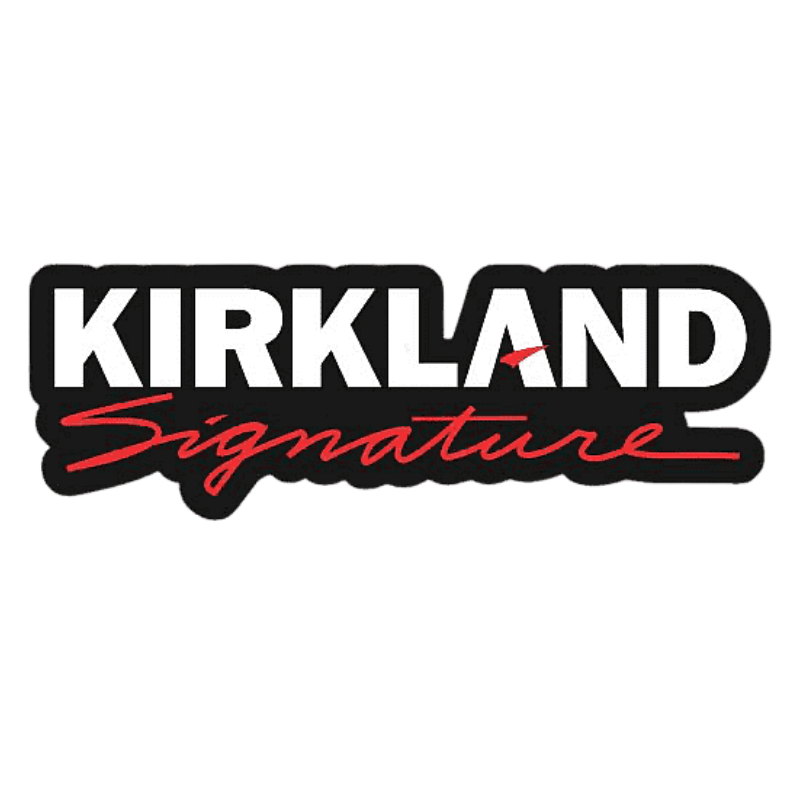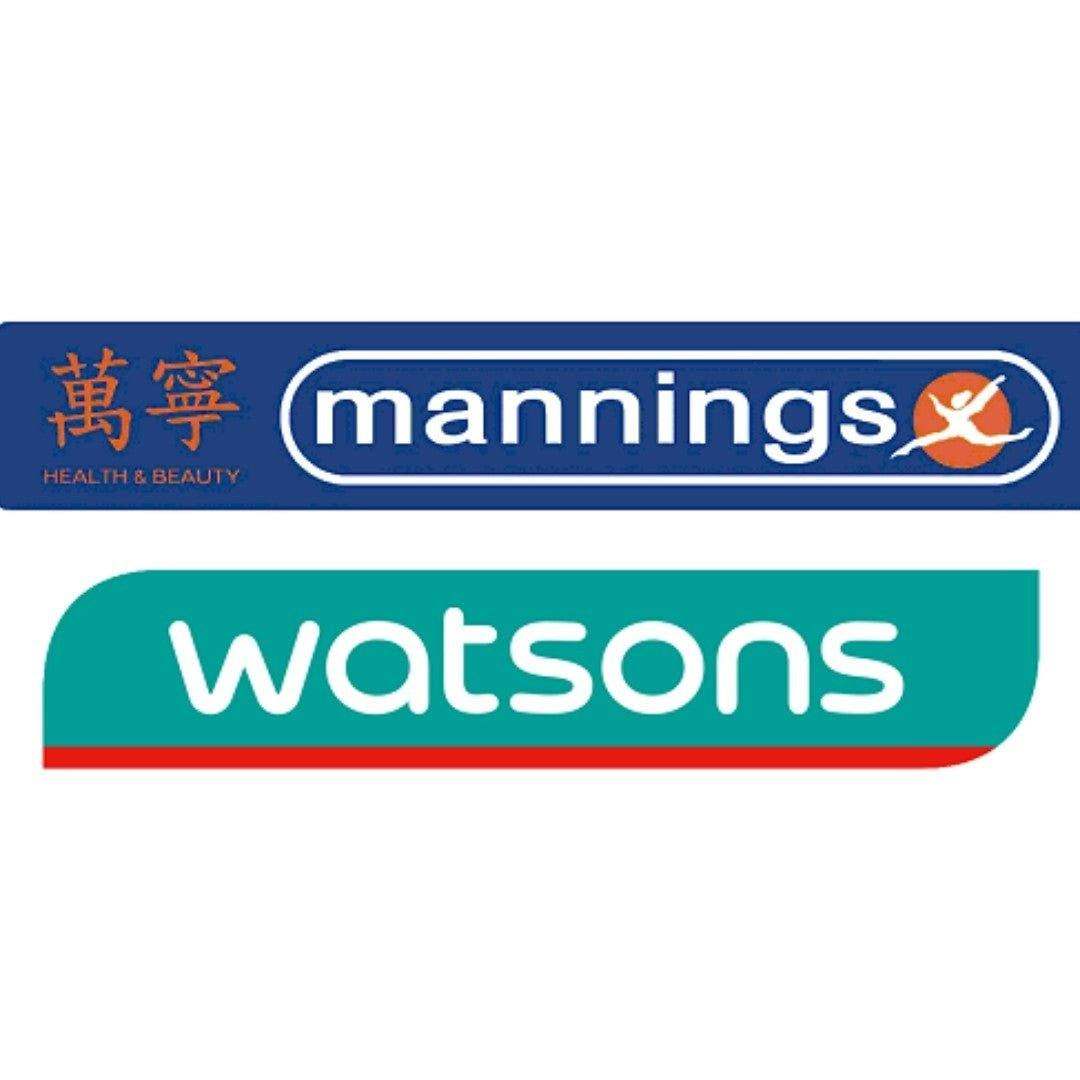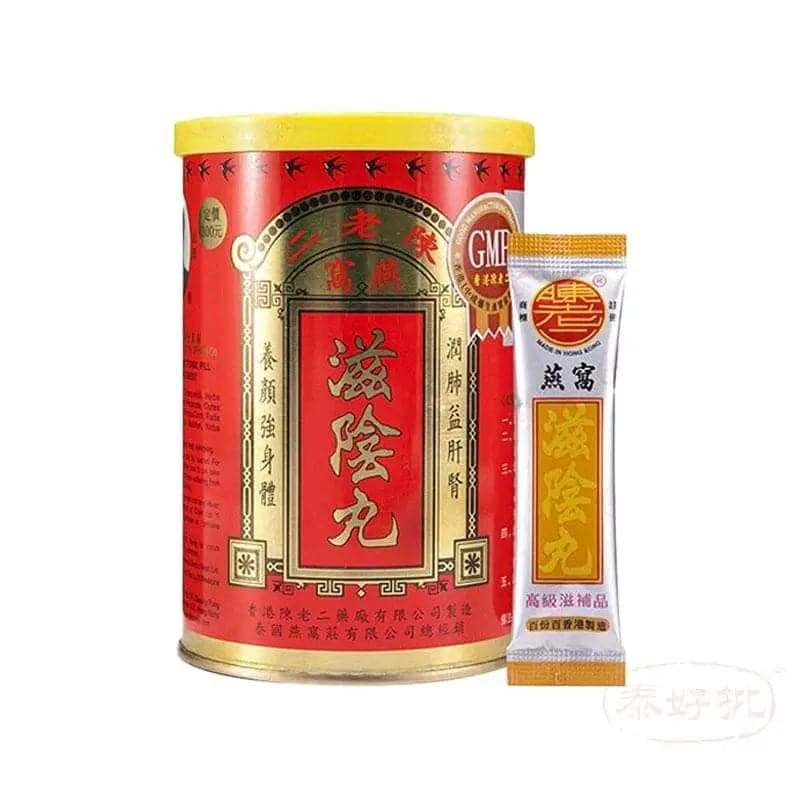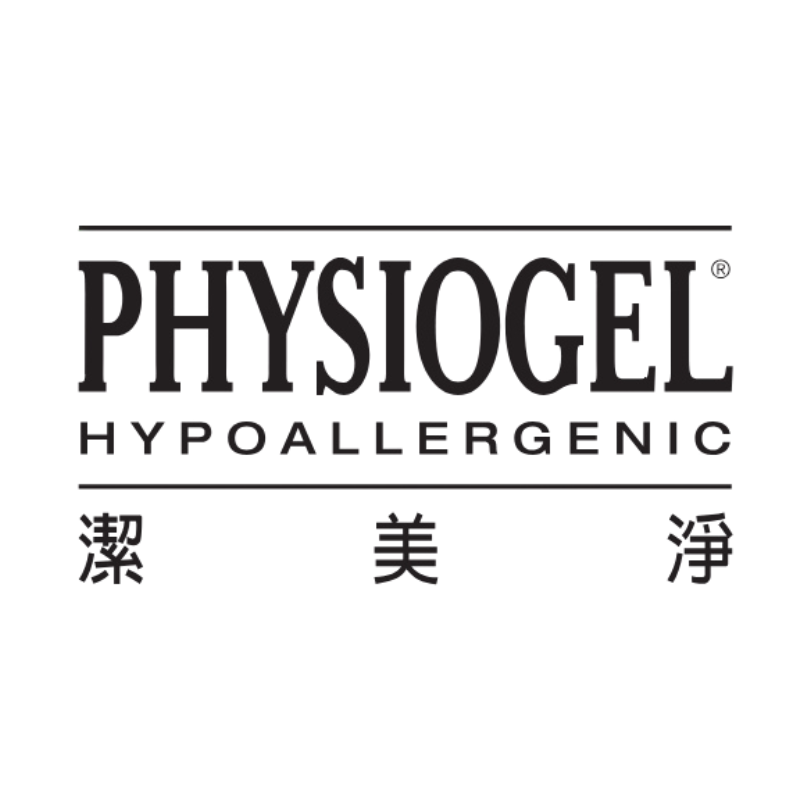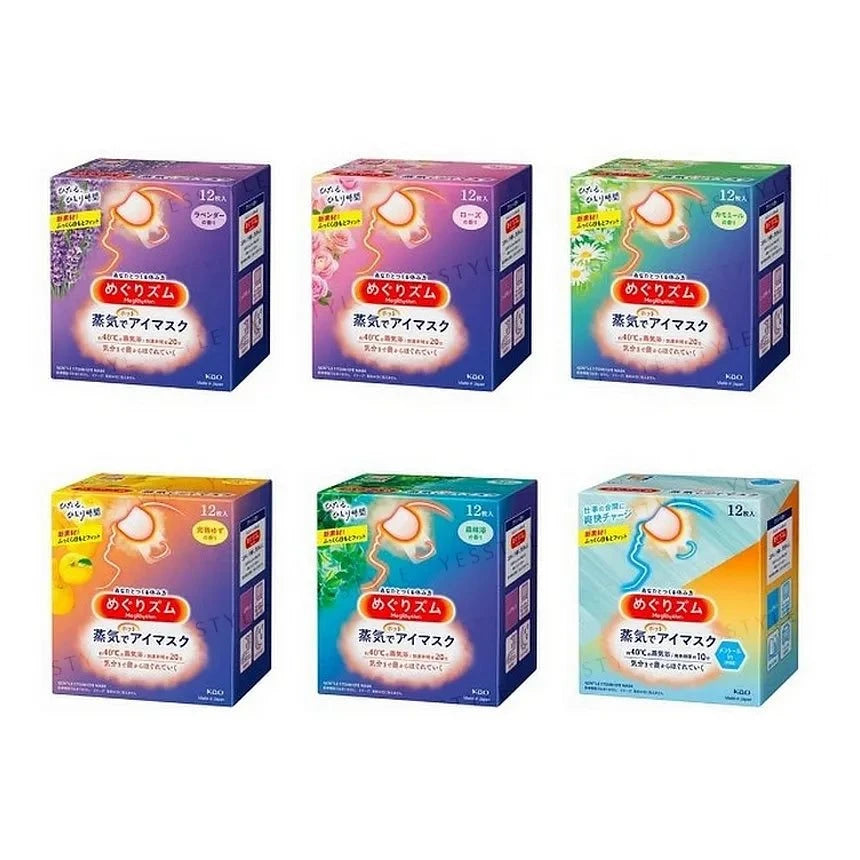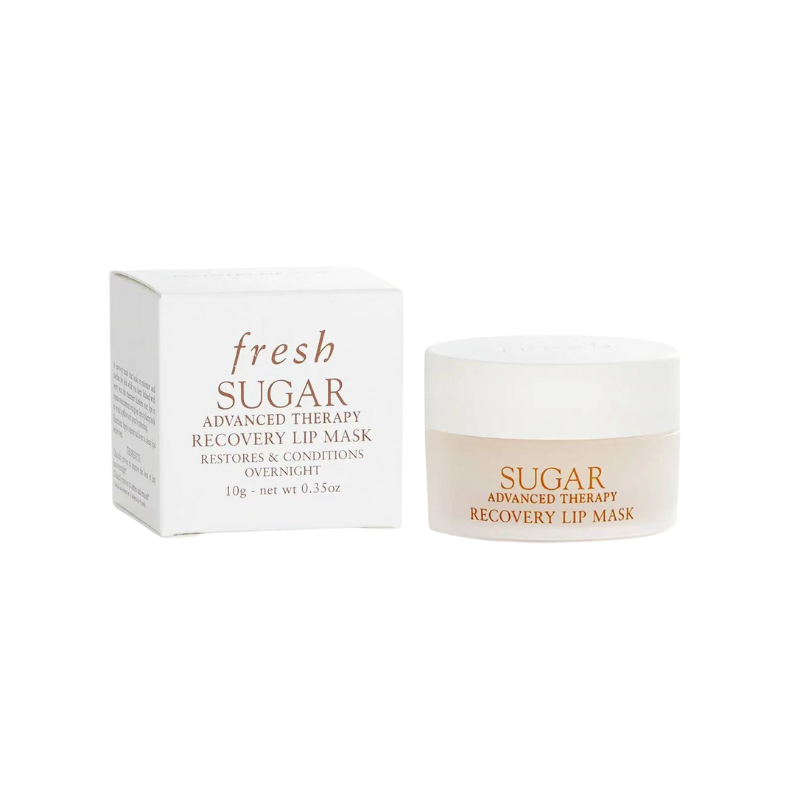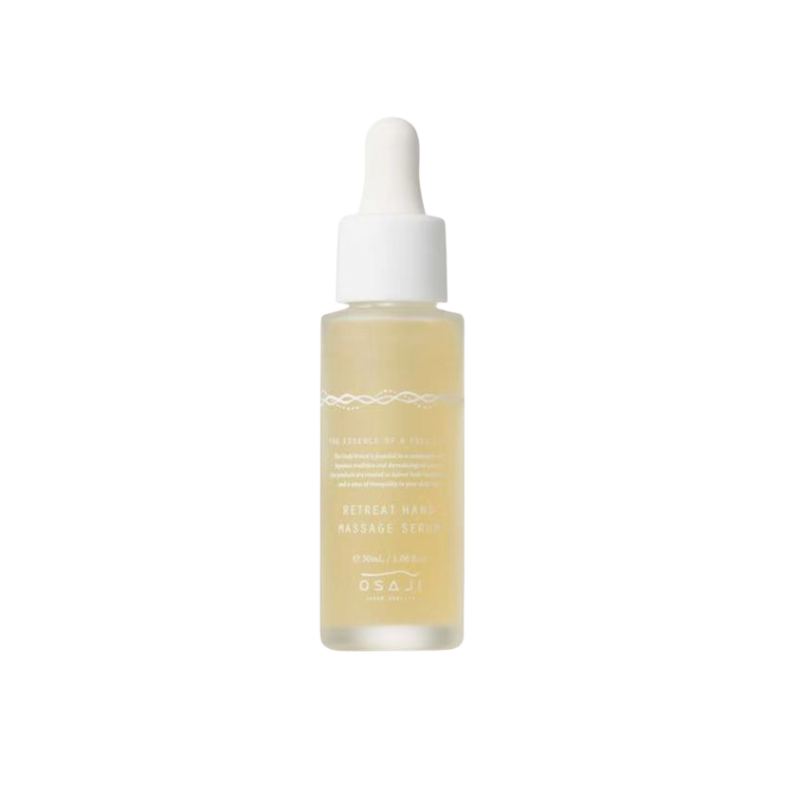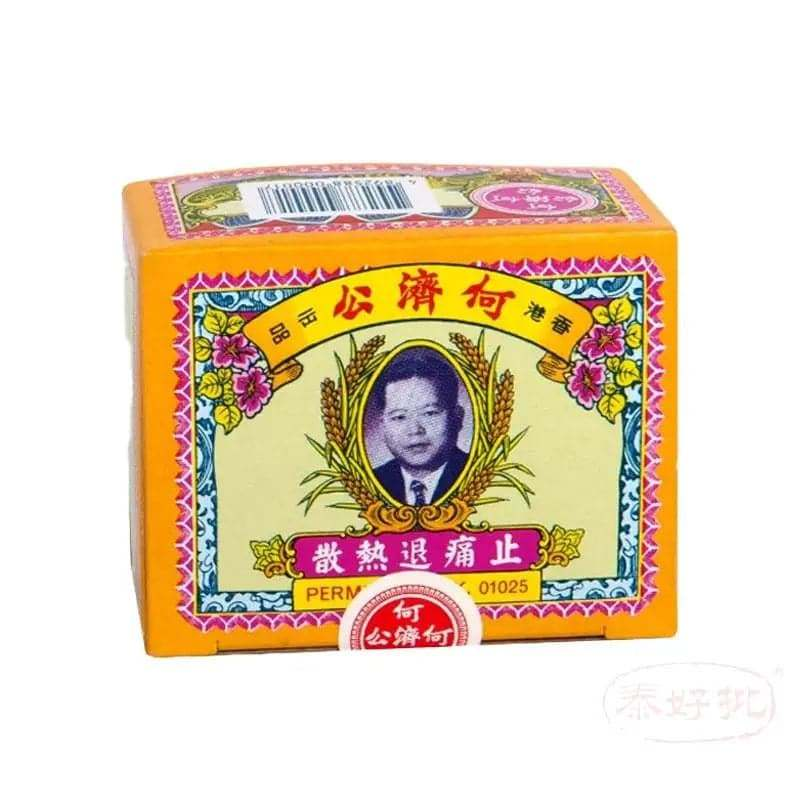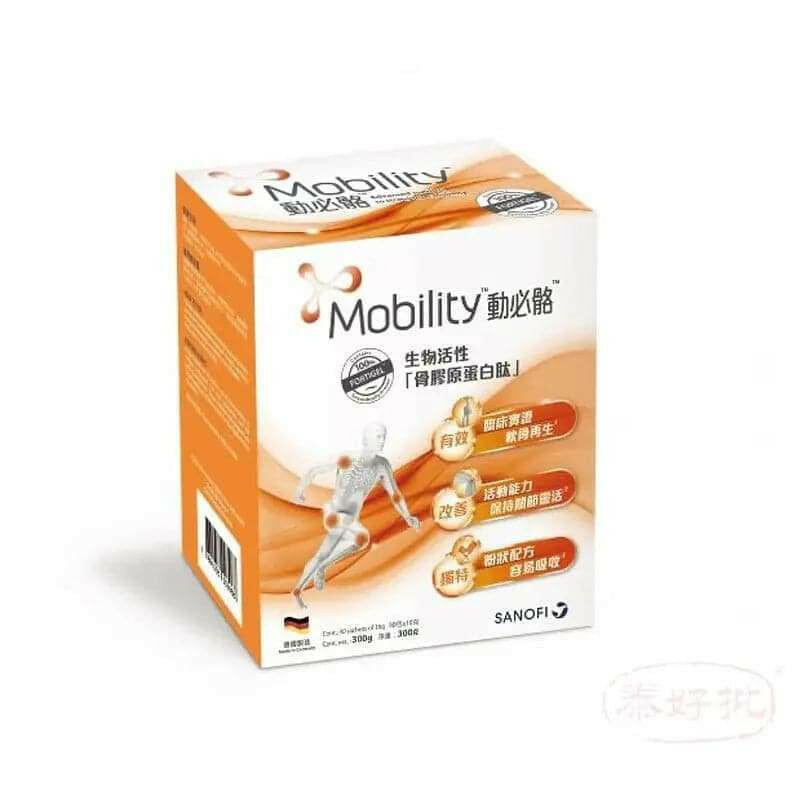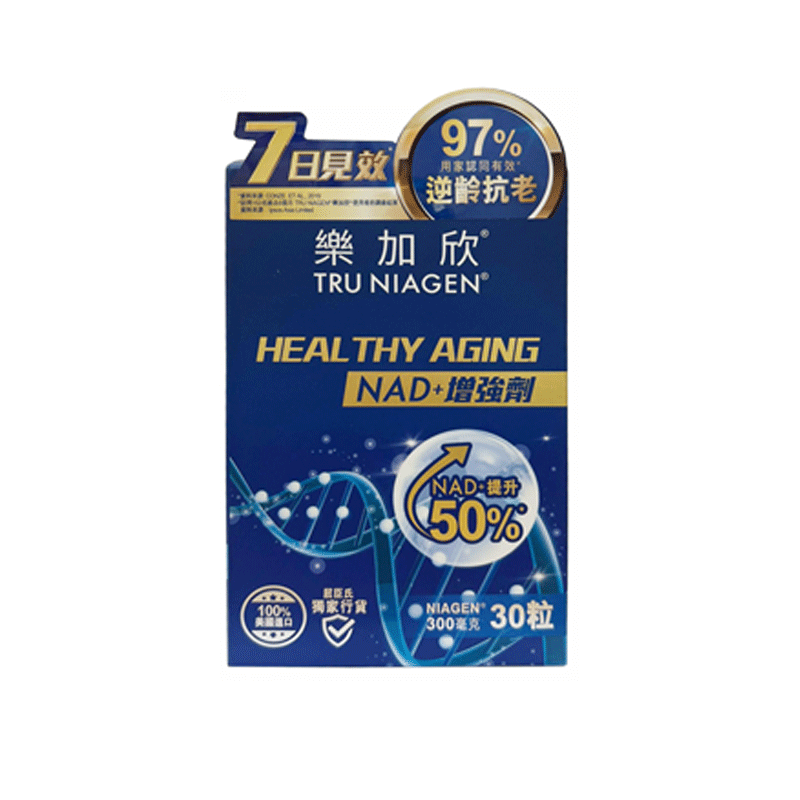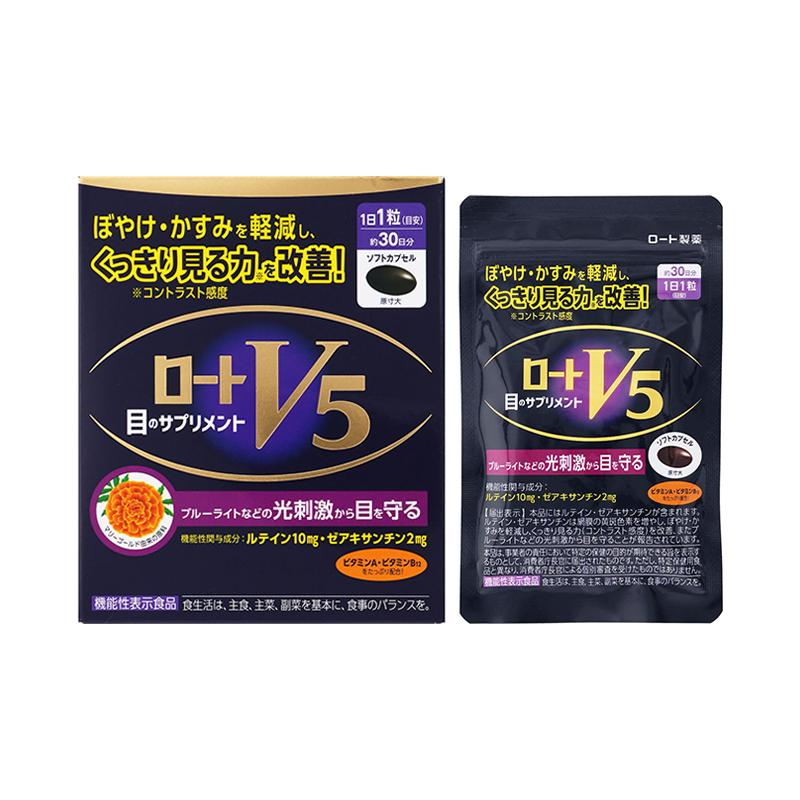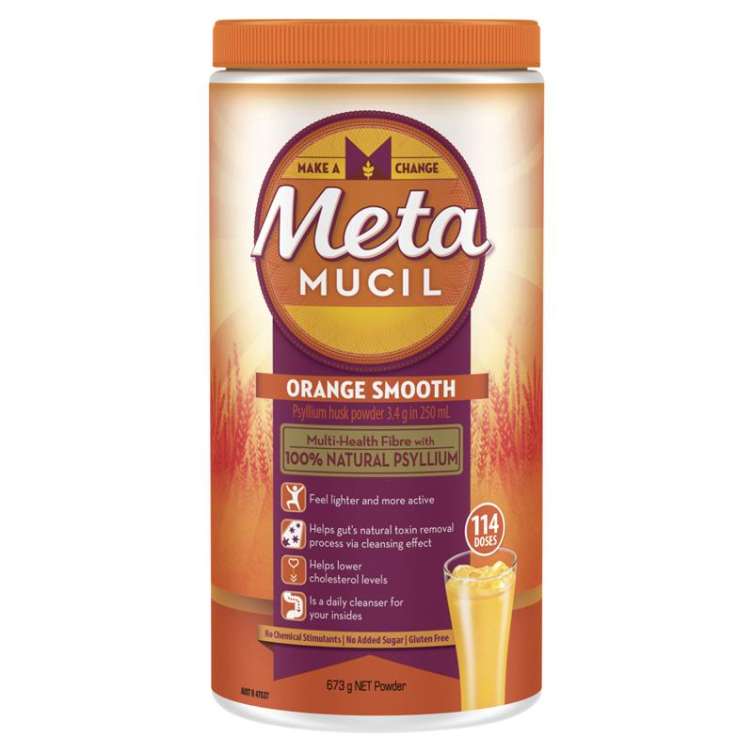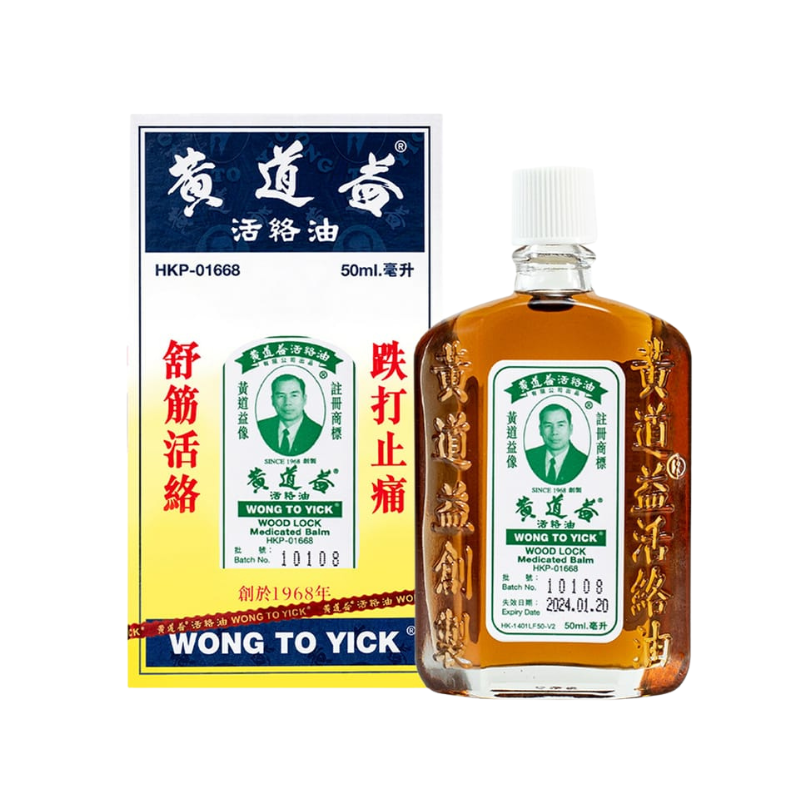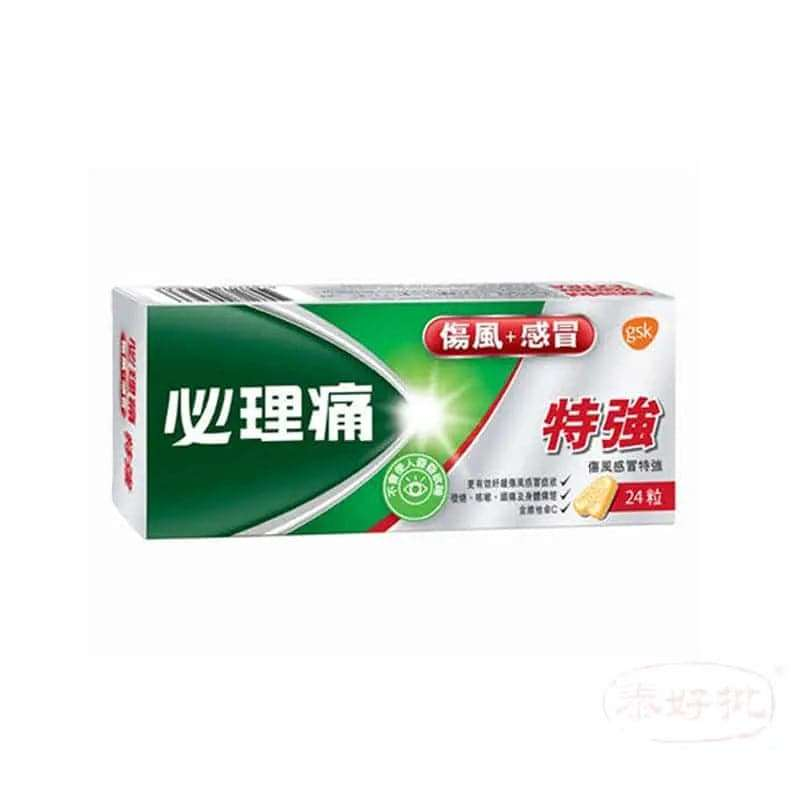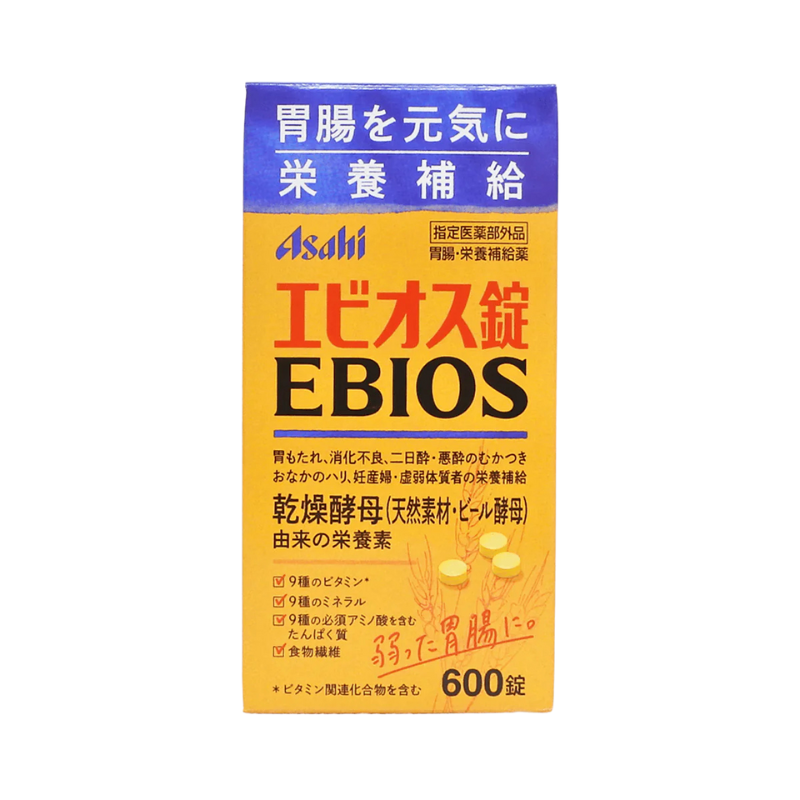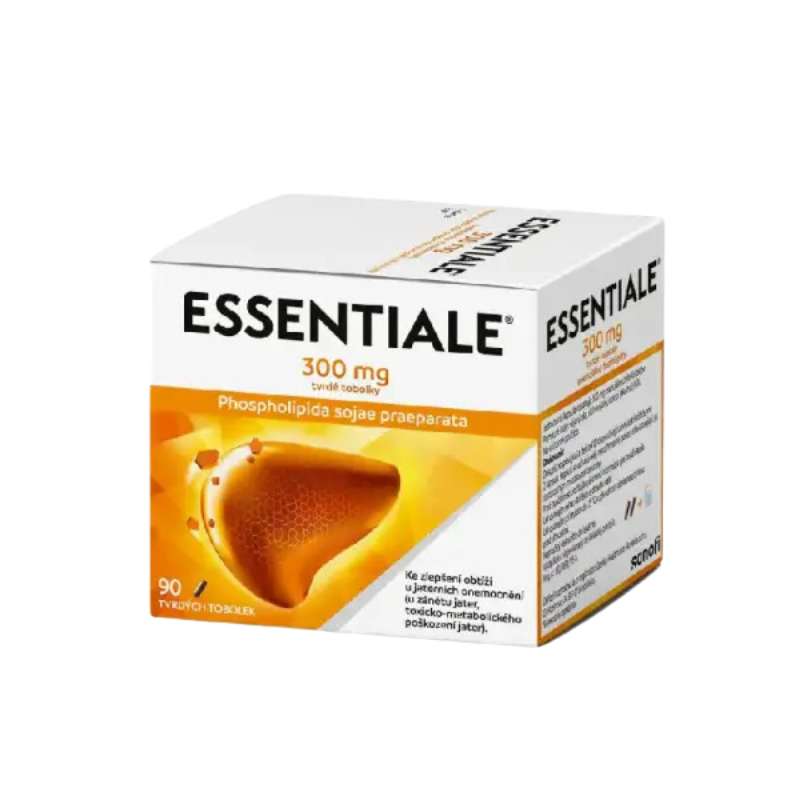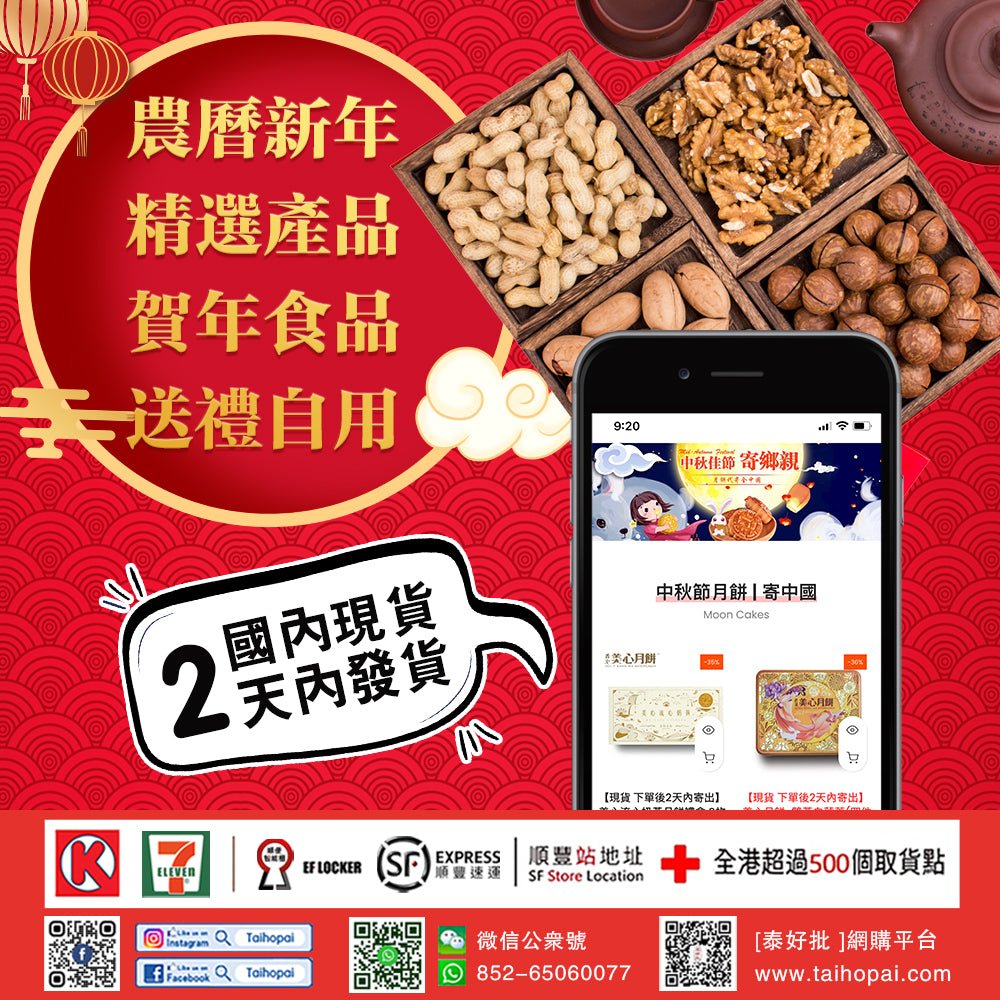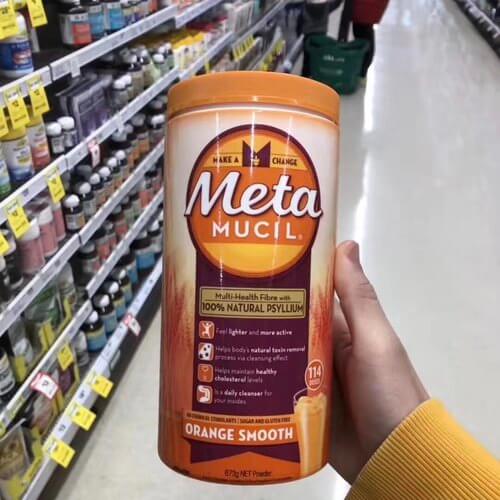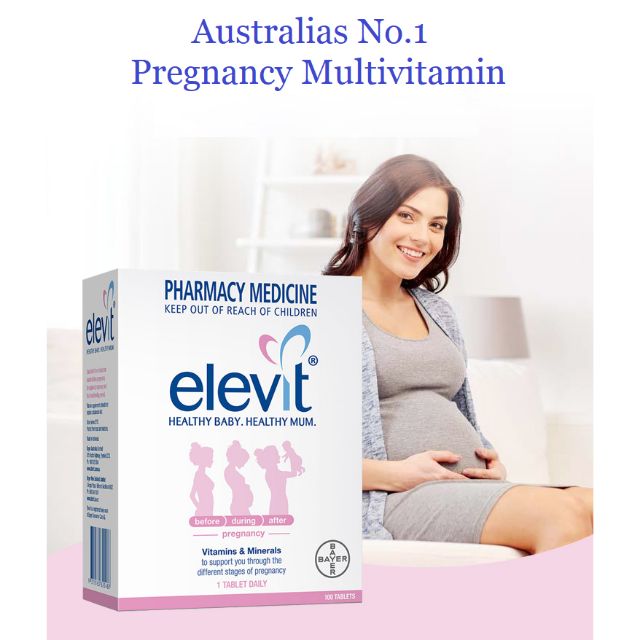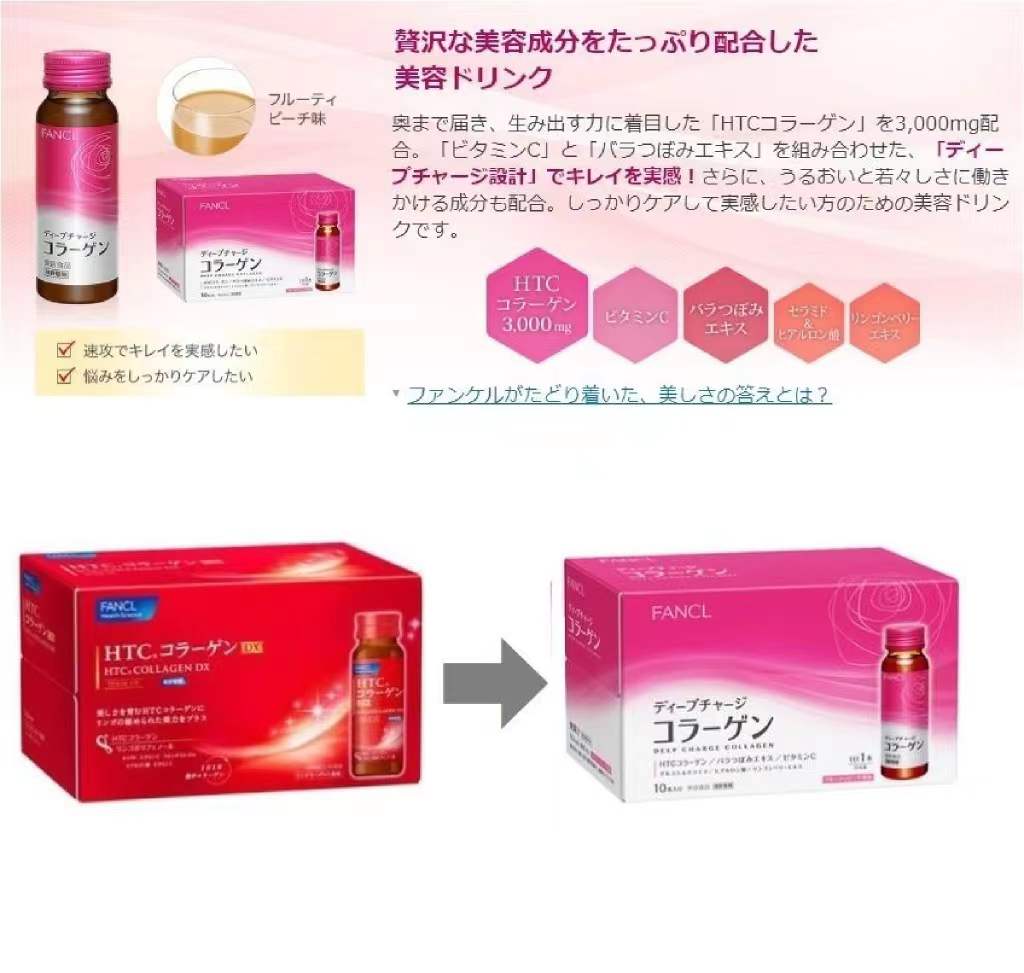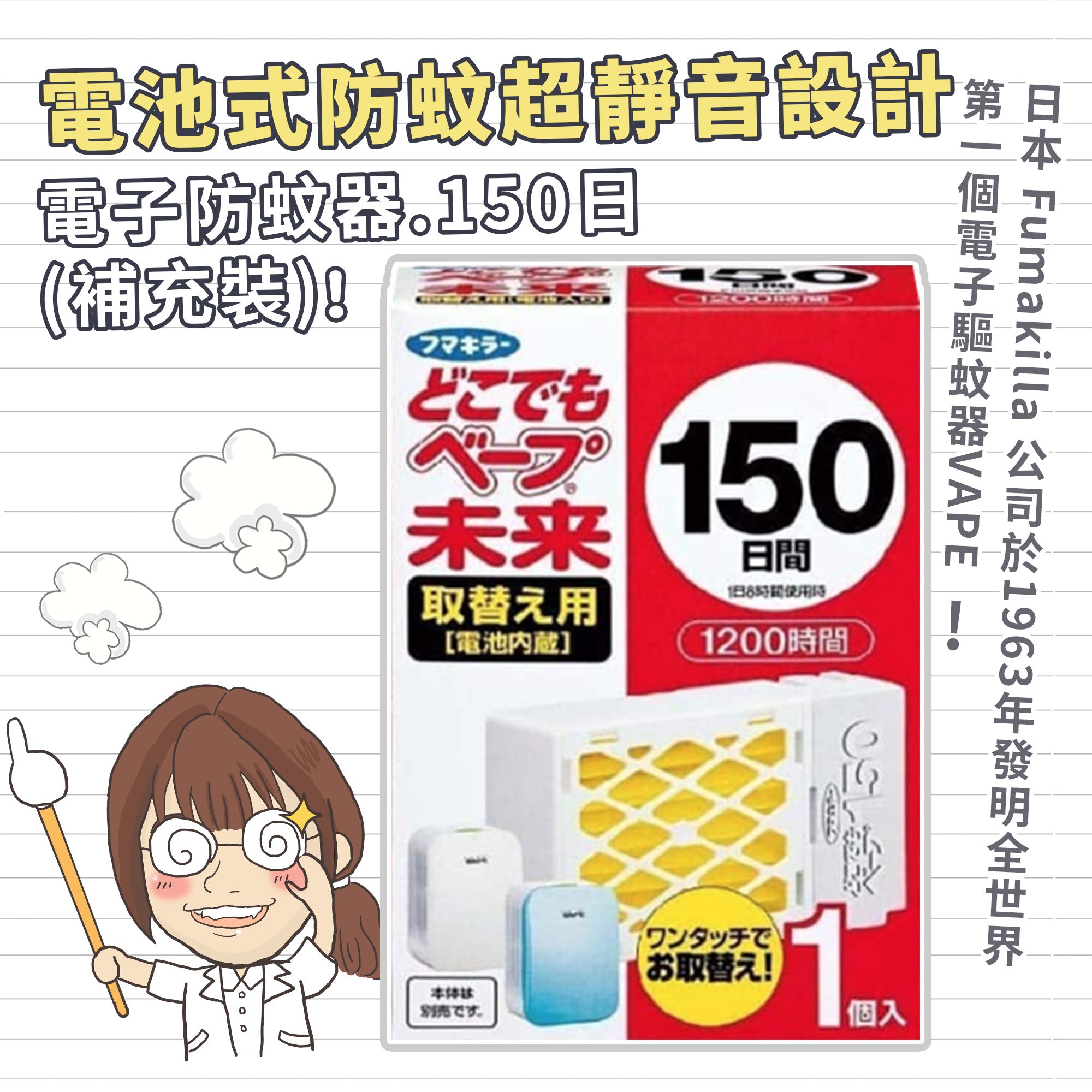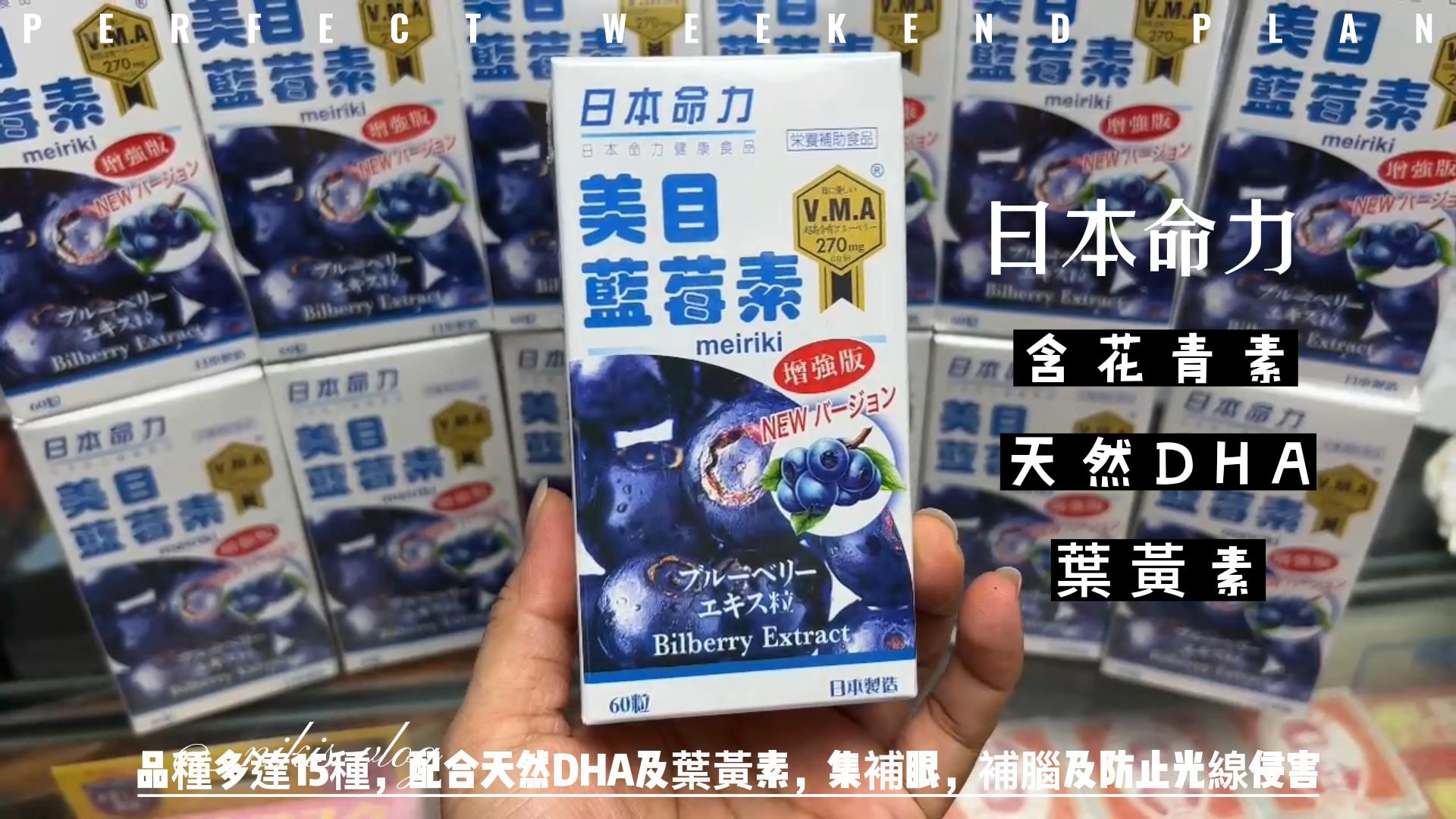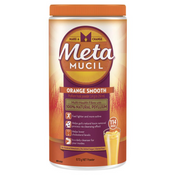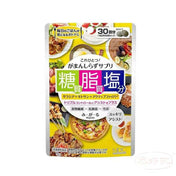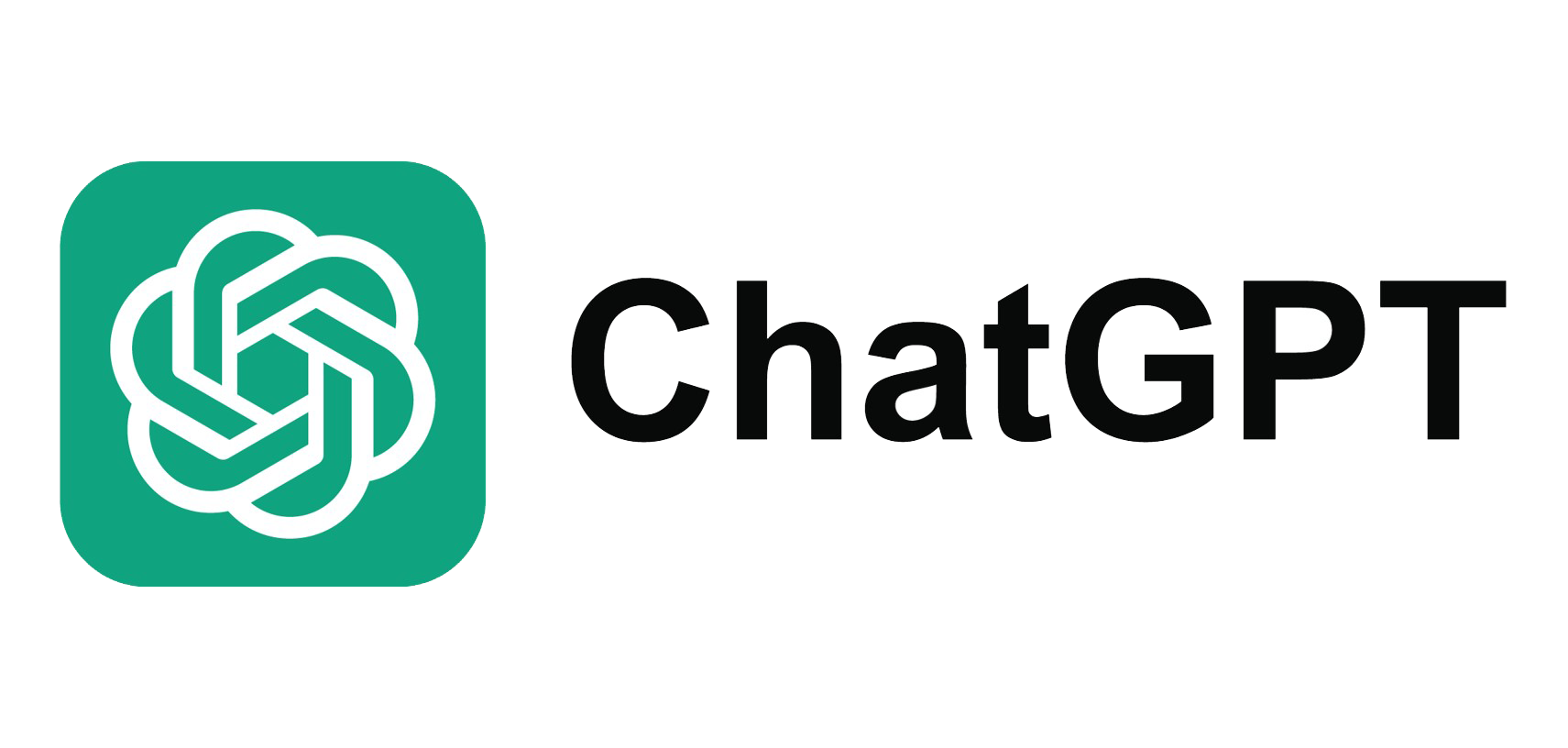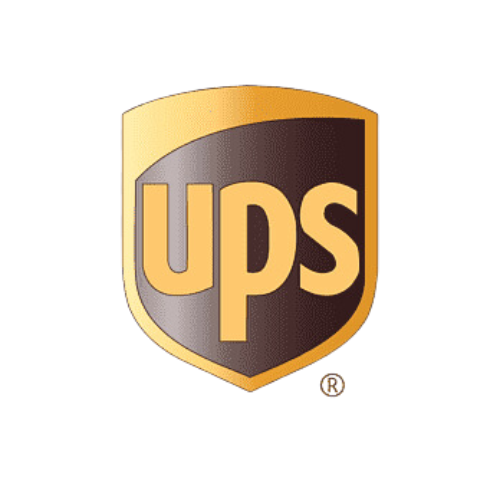Information about Abbott Panbio Covid 19 Antigen Self-Test Kit
Children under 14 years old should be raised by adults. The Panbio™ COVID-19 Antigen Self-Test is a lateral flow test that detects the nucleocapsid protein antigen of the coronavirus SARS-CoV-2 in a mid-nasal swab. The product includes a testing device, a bottle with buffered solution, an extraction tube/cap, and a nasal swab.
use:
The kit is used to determine whether an individual has an active Covid-19 infection.
Product specifications and features:
- This test can determine if you have an active COVID-19 infection and provide test results in as little as 15 minutes
- Results and other information can help your healthcare provider make informed decisions about your treatment
- You can help limit the spread of COVID-19 by knowing your infection status and taking appropriate social distancing measures
- Each kit includes 1 swab, 1 bag, 1 tube holder, 1 buffer bottle, 1 tube, 1 blue cap, 1 testing device and 1 instruction manual
- The active ingredient of the test device is SARS-CoV-2 nucleocapsid protein antigen-specific antibodies
- Customer service phone number: 1800 309 0180

Instructions for use:
The following instructions are the testing process to complete a single test. 4-test, 10-test, and 20-test kits include components for completing multiple tests. If multiple people will be tested, separate test components to avoid confusion.
Before you begin:
- Scan the QR code on page 1 to download the NAVICA app. Open the app and follow the prompts to complete the test
- Wash or sanitize your hands. Make sure they are dry before starting
Prepare for the exam:
- Check the expiry date on the box. If the kit has expired, do not use it
- Make sure the kit is at room temperature for at least 30 minutes before use. Open the box and remove 1 of each component to perform a single test. Do not open individual components until instructed to do so
- NOTE : A timing device (clock, timer, etc.) is required but not provided
- Holding the buffer bottle upright, twist and pull the tab to open the bottle
- Squeeze the liquid from the buffer bottle into the tube. You need to squeeze at least twice
- NOTE : Check fluid level. Liquid should be at or slightly above the fill line on the side of the tube
- Place the tubes into the tube rack before proceeding to the next step
Collect nasal samples:
- Keep your fingers away from the end of the swab
- Open the swab protective bag on the wand end. Take out the cotton swab
- Swab both nostrils. Insert the soft end of the cotton swab directly into the nostril until resistance is felt (about 2 cm). Slowly rotate the swab and rub it gently along the inside of the nasal cavity at least 5 times. Remove swab from nostril
- Using the same swab, repeat the above steps in the other nostril. Check: Have you swabbed both nostrils?
- Insert the cotton swab into the tube. Swirl in the fluid 5 or more times while pushing against the tube wall. Pinch the tip of the cotton swab through the tube to remove any remaining liquid
- Hold the tube firmly with one hand. Lift the swab and locate the broken thread. Snap the swab handle onto the broken line. Leave the swab in the tube and discard the stick
- NOTE : Once the swab is inserted into the buffer, the inactivating properties of the buffer combined with the physical barrier of the closed extraction tube help neutralize the COVID-19 virus
- Secure the blue cap to the top of the tube. Place the tube back into the tube rack before proceeding to the next step
Execute the test:
- Remove the test device from its protective bag and place it on a flat, well-lit surface
- Check the liquid for air bubbles. Wait for any air bubbles to disappear as they may cause inaccurate results. Keep the tube vertical with the white cap pointing downward. Remove the white cap. Do not move test equipment until testing is complete
- Squeeze 5 drops of liquid from the tube into the well on the test device. Fix the white lid on the Tube and wait 15 minutes
- Note : If a blockage occurs, gently tap the bottom of the tube to release the blockage. Do not touch the test equipment during this time
- Lay the test equipment flat on a table. After 15 minutes, use the NAVICA app to take a photo of the test device and submit the results. The app will automatically submit your results to ICMR and display your test results. Do not read results earlier than 15 minutes or after 20 minutes
- NOTE : The control (C) row may appear in the results window within a few minutes, but the test (T) row may take up to 15 minutes to appear. NOTE: Results may become inaccurate after 20 minutes--------- --------
Read test results:
Invalid result (test does not work)
Find the results window. If the control (C) line is not present, the test has no effect and is considered invalid. This may be the result of incorrect testing procedures and the test should be repeated.
positive result
Find the results window and look carefully for the two lines. Positive result: If you see two lines, the control (C) line and the test (T) line, COVID-19 has been detected. If positive, contact your doctor or local health department immediately and follow local self-isolation guidelines.
negative result
Find the results window and search for a row in the window. Negative result: If you see only the "Control" (C) line present, it means COVID-19 has not been detected. If the rapid antigen test result is negative and symptoms persist, the individual should be tested immediately by RT-PCR as per the ICMR advisory. We also recommend that you continue to follow local self-isolation guidance and consult your doctor. Ministry of Health and Family Welfare, Government of India (https://www.mohfw.gov.in)
Handle the test kit:
- Place swab, tube and test device into bag
- seal bag
- Throw the bag in the trash
Safety information:
- For in vitro diagnostic use only
- Please read the instructions before performing the test. Follow all instructions for accurate results
- Do not eat or smoke while handling specimens
- Wash your hands thoroughly before and after completing the test
- Clean up spills thoroughly using appropriate disinfectant
- Discard all specimens, reaction kits, and potentially contaminated materials (i.e., swabs, tubes, testing equipment) in the bags provided
- Use only the liquid from the buffer bottle provided in the kit. Use of other fluids may result in inaccurate results
- Keep test kits out of reach of children
- To prevent contamination, touch only the sides of the test device and make sure the swab end only touches the nasal cavity and the inside of the nasal cavity
- The swabs provided should only be used for nasal (inside the nose) specimen collection
- Every testing device, swab, tube, blue cap, buffer bottle and bag is single use. Do not reuse individual components. Pipe rack is reusable
- Do not immerse the swab in buffer or other liquid before inserting it into your nose
- The buffer bottle provided contains <0.1% sodium azide as a preservative and may be toxic if ingested. If you put buffer solution in your eyes, rinse under running water for at least 15 minutes. If irritation persists, see a doctor
- If you have stored the kit in the refrigerator, store the kit at room temperature (15 to 30°C) for 30 minutes before use
- Do not use the test kit if the bag is damaged or the seal is broken
- Direct swab specimens should be tested immediately after collection
FAQ:
Q.What is an antigen?
Antigens are proteins that are part of the COVID-19 virus. If the test detects an antigen in your swab sample, it means the COVID-19 virus is present in your body.
Q: What is the difference between molecular, antigen and antibody testing?
There are three main types of COVID-19 tests. Molecular tests (also called PCR tests) detect the genetic material of the coronavirus. The Panbio™ COVID-19 Antigen Self-Test is an antigen test. Antigen tests detect coronavirus proteins. Antibody tests detect antibodies produced by the body's immune system in response to a previous COVID-19 infection. Antibody tests cannot be used to diagnose active COVID-19 infection.
Q: Will this test hurt?
Nasal swabs may cause mild discomfort. It is important to follow the nasal swab collection steps indicated in the program. Discomfort may occur if the swab is inserted deeper than recommended. If it hurts, remove the swab slightly to complete the sample collection process.
Q: How accurate is the test?
The Panbio™ COVID-19 Antigen Self-Test has been proven in clinical evaluations by healthcare professionals to correctly identify 98.1% of positive specimens and 99.8% of negative specimens.
Q: Can this test be used on children?
This test can be used for all ages. Children under 14 years old should be raised by adults.
Q: Will this test tell me if I have had COVID-19 in the past?
No, this is an antigen test that only detects active infection. Antibody tests can detect past infections.
Q: Will the product expire?
The test has an expiration date printed on the box and should not be used after this date.
Q: Can I use my own swab or another swab?
No - Use only components included in the test suite.
Q: I'm pregnant. Can I use this test?
Yes. Pregnancy has no effect on the performance of the test, as described in the "What interferences may occur?" section of the Instructions for Use.
Q: Does this test detect new variants?
Abbott is intently monitoring the COVID-19 virus for mutations so that we can ensure our tests can detect them, as we do with many viruses. We have conducted a thorough analysis of the known variants we have been able to study, and we believe our tests remain effective in identifying these strains.
Q: Can I use this test multiple times?
No – Each test can only be used once.
Q: How to dispose of used tests?
Place swabs, tubes and testing equipment into the included disposal bag. Seal the bag tightly. Throw the bag in the trash.
Q: What does it mean if I have a positive result?
A positive test result means the viral protein that causes COVID-19 was found in your nasal swab sample. You may need to self-isolate at home to prevent the spread of COVID-19. A positive result does not exclude coinfection with other pathogens. Please follow local social distancing guidelines to limit the spread of the virus and contact your doctor or local health department immediately.
Q: If I have a negative result, what does it mean?
A negative test result means you are unlikely to have COVID-19 at the time of the test. The test did not detect any antigens in your nasal swab sample, but your test may have given a false negative test result. False negative test results can be caused by a number of factors: The amount of antigen in the swab sample may decrease over the duration of the infection. The test may be negative before symptoms appear. The test was not performed according to instructions. Sample collection, extraction, or transportation was not performed correctly.
Q: I don’t feel well but my test was negative. what do I do?
If symptoms persist and rapid antigen test results are negative, the individual should be tested immediately by RT-PCR as per ICMR recommendations as coronavirus may not be detected in the early stages of infection. We also recommend that you continue to follow local self-isolation guidance and consult your doctor.


